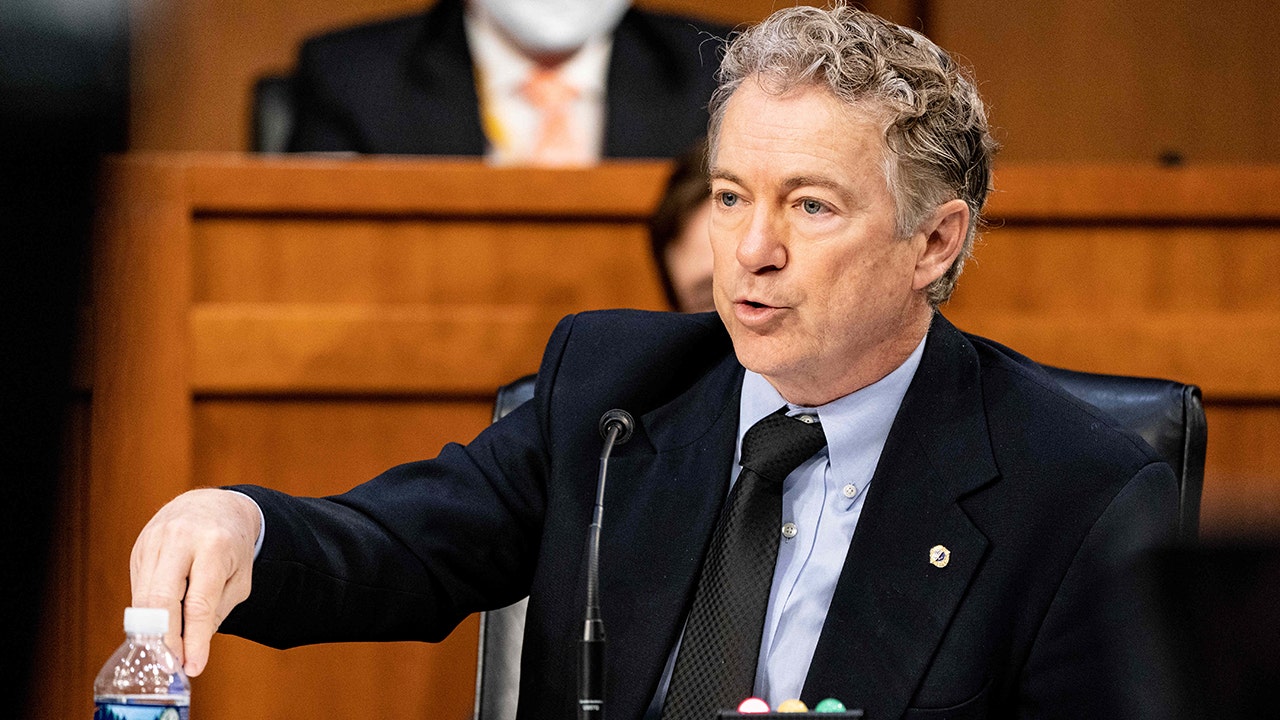Last year, the Centers for Medicare and Medicaid Services (CMS) announced an historic 14.5% increase in Medicare Part B premiums, taking the average monthly cost from $148.50 to $170.10.
Amid inflation for a population that largely relies on a fixed income, a monthly increase of about $21.60 – or $259.20 per year – is hard to manage.
The announced increase is the largest in Medicare’s history. AARP blames three main culprits: rising cost of health care, holding back past increases, and a controversial Alzheimer’s drug called Aduhelm in the future.
However, thanks to my old favorite MTV presenter turned comedian and now YouTuber political provocateur, this story may get a little more interest than it’s gotten so far. So before we dive into why premiums aren’t getting decreased mid-year, let’s take a look at the catalyst for the price hike.
Controversial Drug Approval
The announcement that Biogen, a pharmaceutical manufacturer, had produced a drug able to treat Alzheimer’s was met with optimism and hope for the close to 5.6 million elderly Americans inflicted with the disease.
However, not everyone shared the same excitement. The FDA approved the drug despite the general unanimous decision by an 11-member outside advisory panel to disapprove the drug. Ten members voted no, and one was uncertain.
The approval sparked a slew of FDA resignations, including Aaron Kesselheim, professor of medicine at Harvard Medical School. Kesselheim wrote in his resignation letter that approval of Aduhelm was; “…probably the worst drug approval decision in recent U.S. history.”
So why would doctors like Kesselheim feel so vehemently opposed to Aduhelm?
Its weird this drug clearly doesn’t work, neither does Aduhelm and policy experts have the guts to say that
But
A 4th dose booster in a healthy 51 year old
3 Pfizers in a 3 year old who had covid
A 3rd dose in a 22 year old man
Pax in Vax
Are equally poor/weak data, and yet ???? https://t.co/xk7tdp7wcD— Vinay Prasad, MD MPH ????️???? (@VPrasadMDMPH) June 17, 2022
Support Conservative Voices!
Sign up to receive the latest political news, insight, and commentary delivered directly to your inbox.
Two clinical trials were shut down specifically because the drug showed no benefit to the patients, and a follow-up trial showed an only marginal possible benefit. So how did the FDA conclude that it was best to approve it?
RELATED: $163 Billion of COVID Unemployment Money Either Stolen Or ‘Misspent’
A Close Relationship
After the poor outcomes of the clinical trials, Biogen started meeting with key players within the FDA, most notably Dr. Billy Dunn. Dr. Dunn is the director of the FDA office that reviews Alzheimer’s drug applications for approval.
The FDA approved Aduhelm for Alzheimer’s knowing that it probably didn’t work. At one point, Biogen had stopped the investigational studies on it. There was no reason to believe the FDA wouldn’t and won’t do it again. Regardless of the reason.
— Doctor FeelGood (@obxpilot23) June 16, 2022
A close collaborative relationship formed between Dr. Dunn and Dr. Samantha Budd Haeberlein, who oversaw the clinical development for Aduhelm at Biogen. This collaboration included working together on projects and presentations supporting the drug.
Seems a bit too cozy, in my opinion. Former deputy FDA commissioner and general counsel for the Department of Health and Human Services William B. Schultz agrees:
“It is not appropriate for FDA officials to collaborate on publications and presentations with employees of companies with applications pending before those very officials.”
A statement from the FDA on the decision held firm that their approval was; “…informed by science, medicine, policy, and judgment, in accordance with applicable legal and regulatory standards.”
Falling Short Of Expectations
Original pricing at $56,000 per year per patient is essentially what has Medicare watchers in a tizzy. While typically prescription drugs fall under Part D, this drug is introduced intravenously in an outpatient environment which makes it fall under Part B.
Biogen expected that there would be widespread use of their drug; however, when revenue fell well below expectations, they lowered the annual cost to $28,200 per year per patient. Additionally, only patients approved for clinical trials are now authorized to use the drug.
Had the price initially been set at $28,200, premiums would’ve been closer to $160.40 per month for Part B. That’s a potential savings of $116.40 per year – or the equivalent of a tank of gas in today’s economy.
So why didn’t this breakthrough drug get the medical community’s acceptance at large? Again, there was significant disagreement that the drug was effective.
The American Neurological Association’s executive committee told doctors:
“Based on the clinical evidence, Aduhelm should not have been approved at this time.”
Even key players in the clinical trials came out against the approval. Dr. Vissia Viglietta, a former Biogen senior medical director who helped design the trials, said:
“This approval shouldn’t have happened. It defeats everything I believe in scientifically and it lowers the rigor of regulatory bodies.”
With so many outspoken opponents of this drug’s approval, you have to wonder what motivates the FDA in the approval process. While risking sounding like a conspiracy theorist, some like Russell Brand believe it has to do with political donations.
But even if the overall committee vote is????, the FDA is free to disregard that and approve anyway, as they infamously did with Aduhelm.
— Erick Turner (@eturnermd1) June 17, 2022
RELATED: Biden Is The Most Unpopular President Since Tracking Began In 1945
It’s All About The Green, Baby
Mr. Brand claims in his YouTube video that the FDA is 45% funded by those they are charged to regulate. It was reported that more than $5.9 million was donated by pharmaceuticals and health products industry partners to the Biden Presidential Campaign.
In 2020, the pharmaceutical sector was ranked the top lobbying industry with a whopping $156.6 million in campaign donations. It’s generally believed that Big Pharma donates more to Republicans than Democrats.
Big pharma. pic.twitter.com/samxk5rxKv
— Andy (@andrewldonald) June 21, 2022
The truth is they donate reasonably evenly across the aisle; however, in 2021, 60% of donations went to Democrats. Big Pharma also employs about 1,500 lobbyists on the Hill. That’s a prominent voice to whisper constantly in the ears of decision-makers in Washington.
Weak Excuses And Vague Promises
CMS claimed that the initial price hike would be offset by the 5.9% cost of living increase in Social Security Benefits. Little consolation for those on a fixed income experiencing record-high inflation.
The idea of re-evaluating the premiums mid-year would’ve been “unprecedented,” according to Tricia Neuman, executive director of Medicare policy for the Kaiser Family Foundation. DHHS follows that up with a claim that decreasing the premiums mid-year would’ve been met with “legal and operational hurdles.”
In other words, it would’ve been hard. However, we’ve seen plenty of unprecedented behavior in the COVID world, and it’s clear that the Treasury Department is capable of issuing mass checks to Americans.
Hard to see why it would’ve been too hard to issue rebate checks to our most medically and financially ‘vulnerable’ population.
What will premiums look like next year? The Biden administration’s 2023 budget still has projections at $170.10. However, CMS says that it will likely differ… somewhat.
The devil is in the details and the wording in this case.
Now is the time to support and share the sources you trust.
The Political Insider ranks #3 on Feedspot’s “100 Best Political Blogs and Websites.”

























































